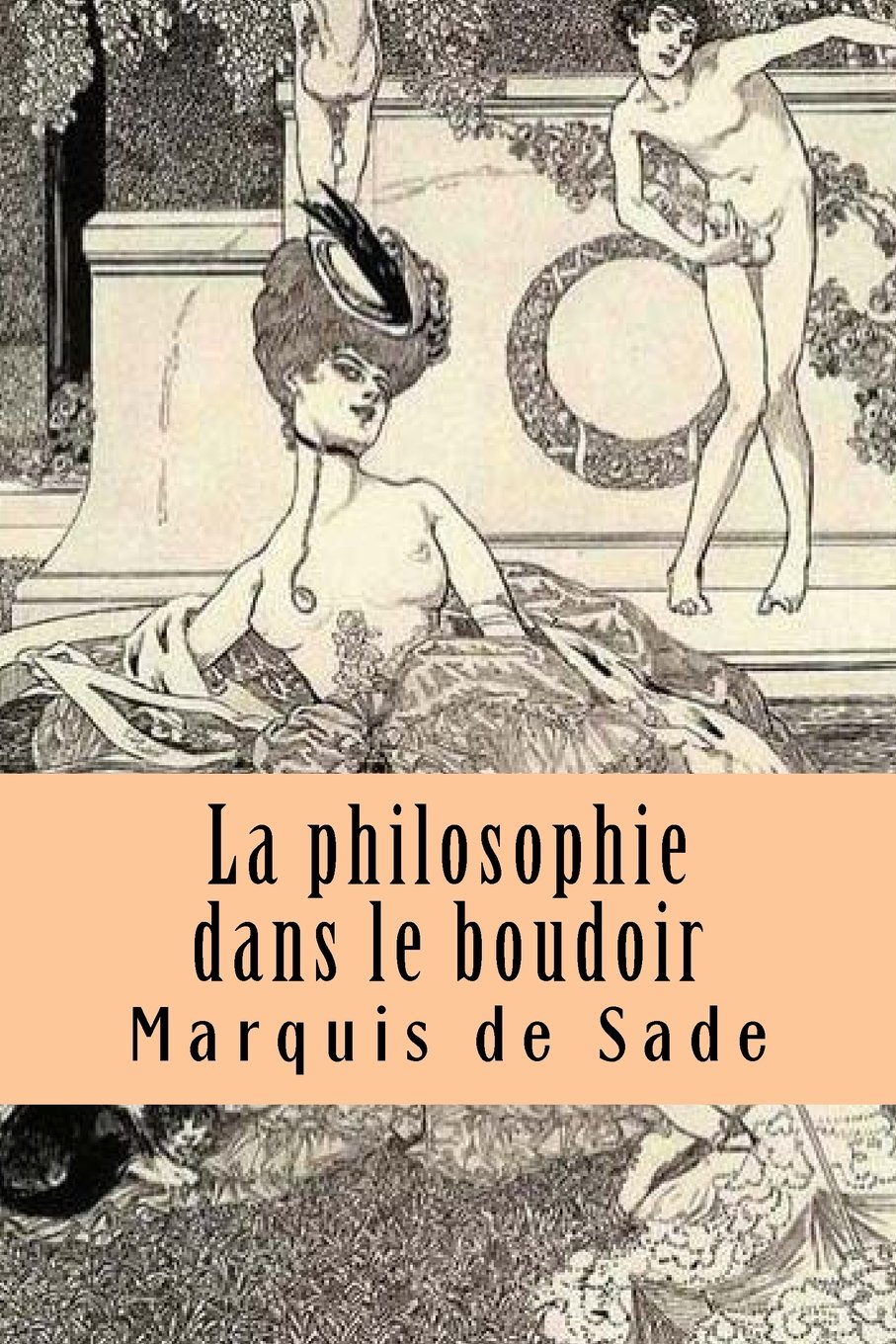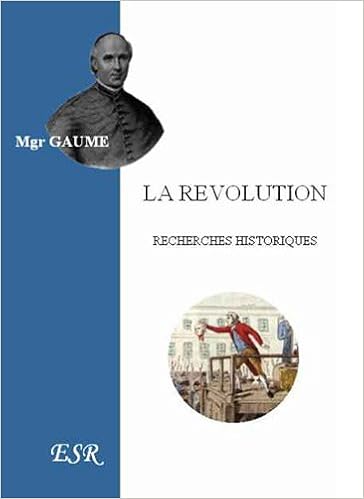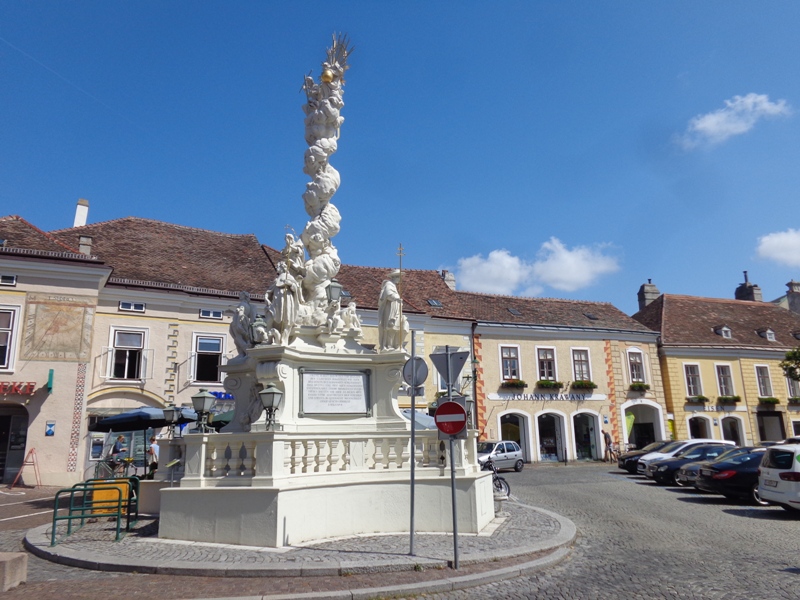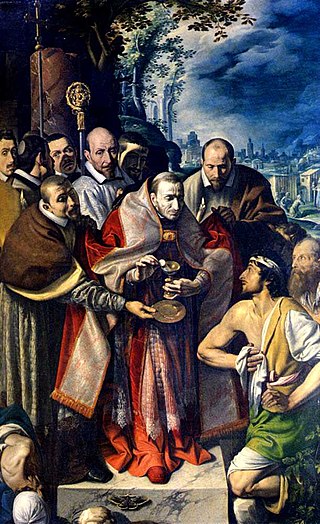Ik aanbid met eerbied U, O verborgen God,
die hier onder tekens, ja, waarlijk Zich verschuilt:
aan U onderwerpt zich al en geheel mijn hart,
want U schouwend weet ik dat het echt niets vermag.
Oog en smaak en tastzin worden in U misleid,
het geloof steunt veilig slechts enkel op 't gehoor;
ik geloof al wat Gods Zoon steeds verkondigd heeft,
niets is meer waar dan het woord van de Waarheid zelf.
Op het kruis ging slechts Uw heilige Godheid schuil,
hier blijft echter ook Uw mensheid voor ons verhuld;
toch belijdend beide met een rotsvast geloof,
vraag ik wat berouwvol U de rover verzocht.
Ik zie niet Uw wonden, Heer, als eens Thomas deed,
toch wil ik belijden U als mijn enige God;
doe in U geloven mij, altijd méér en meer,
doe op U mij hopen, Heer, U beminnen slechts.
O gedachtenismerkmaal van des Heren dood,
Levend Brood,dat aan de mens het echte leven geeft,
geef mij dat ook mijn geest in U zijn leven vindt,
geef hem als zijn zoetheid steeds, U te smaken zeer.
Pelikaan vol goedheid, O, Jesus onze Heer,
reinig mij, onreine, door Uw gans zuiver Bloed,
waar een enkele druppel van zelfs verlossen kan
heel het wereldrond rondom van de zondigheid.
Jesus die, gesluierd, ik hier nu vol aanschouw,
moge lessen, bid ik U, zich mijn grote dorst;
dat ik, ongesluierd, ziend Uw vol aangezicht,
zalig zij door 't schouwen van Uw heerlijkheid.
Amen.
Amen.



























:max_bytes(150000):strip_icc()/plague-procession-segment-56a48f115f9b58b7d0d789c9.jpg)






